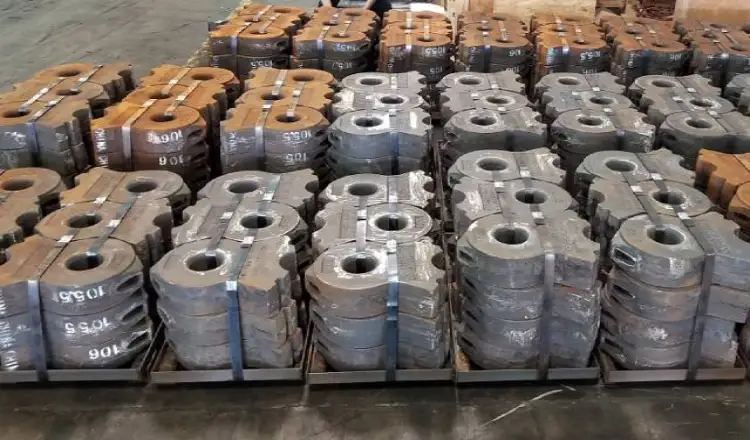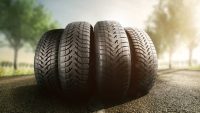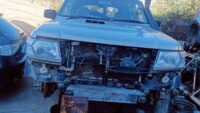Imagine the relentless grind of machinery as it crushes and shreds materials, each component working tirelessly in the face of wear and tear. You might not think about it often, but the wear parts in these machines—like liners, hammers, and blades—are essential for maintaining efficiency and minimizing downtime. Their construction from high-strength materials allows them to withstand extreme conditions, but what happens when they begin to wear down? Understanding their role and the importance of regular maintenance could save you time and money in the long run.
Definition of Wear Parts
Wear parts are essential components in machinery, specifically designed to withstand the rigorous conditions of crushing and shredding. These parts play a vital role in equipment longevity and performance, as they absorb the wear and tear that occurs during operation. When you think about crusher wear parts, consider elements like jaws, liners, and hammers that directly interact with materials being processed. Their durability is paramount, as they face extreme impact, abrasion, and heat.
Similarly, shredder wear parts include knives, screens, and rotors that must maintain their integrity under intense stress. The choice of materials for these parts is important; they’re often made from high-strength alloys or composite materials engineered for toughness. This guarantees they resist deformation and fatigue, thereby extending the maintenance intervals and reducing downtime.
Types of Wear Parts
Various types of wear parts are crucial in optimizing the performance of crushers and shredders. Understanding these components helps you maintain efficiency and extend the machinery’s lifespan. One key category is the crusher spare parts, which include liners, hammers, and screens. Liners, often made from high-manganese steel, protect the interior surfaces of the crusher. Hammers deliver the crushing force and require a balance of hardness and toughness to withstand impact. Screens, on the other hand, separate materials by size, and their wear resistance is essential for effective operation.
Importance of Wear Parts
The significance of wear parts in crusher and shredder operations can’t be overstated; they directly impact both efficiency and maintenance costs. When you invest in high-quality crusher & shredder wear parts, such as those offered by QimingCasting, you’re ensuring that your machinery runs smoothly and effectively. Wear parts are designed to absorb the wear and tear that comes from processing materials, and their performance considerably affects the overall productivity of your operation.
If wear parts degrade too quickly or fail, you’ll experience increased downtime, which translates to lost revenue. Furthermore, subpar wear parts can lead to more extensive damage to the machinery itself, driving up repair costs and extending maintenance schedules. Consequently, selecting top-tier wear parts is essential for maintaining ideal operational efficiency.
Maintenance and Replacement Tips
Regular maintenance and timely replacement of wear parts are essential for optimizing the performance of your crushers and shredders. Start by regularly inspecting the mill liners and other wear components for signs of wear and damage. Create a maintenance schedule based on your equipment’s operating conditions to guarantee you’re not neglecting any critical checks.
When it comes to replacement, always use OEM parts designed specifically for your industrial equipment. This assures compatibility and maintains the integrity of your operation. Monitor the performance of your wear parts—decreased efficiency often signals it’s time for a change. It’s also important to keep an eye on operational parameters; excessive vibration or noise can indicate wear part failure. Make sure that your staff is trained to recognize these signs early.
Conclusion
In the world of crushing and shredding, it’s ironic how the smallest components—wear parts—carry the heaviest burden. You might overlook their significance, thinking you can save a dime, but neglecting timely inspections or replacements can lead to costly machinery failures. Investing in high-quality wear parts isn’t just smart; it’s essential for reliable performance and reduced downtime. So, while you might think you’re cutting costs, you could be setting yourself up for a much bigger expense down the line.

Vivan Henderson, a professional photographer born in Texas. Photography is his passion. He was fond of nature in his childhood. So he took his passion as a profession. He is basically nature photographer but also take other type of photo. He completed graduation in computer science from Texas Tech University. He lives in Houston with his wife and two children’s.





